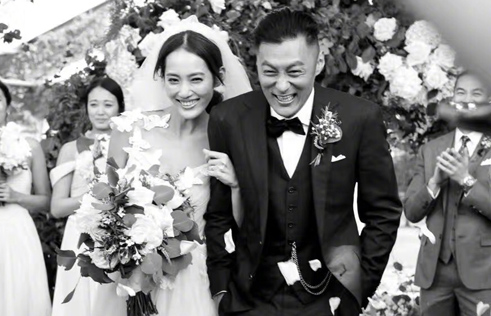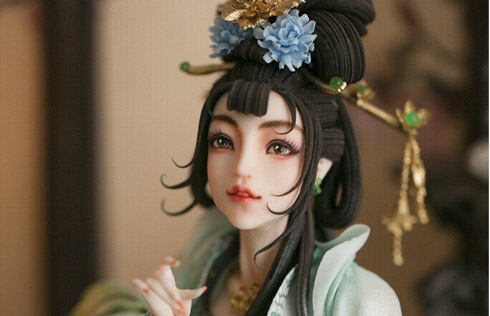Promising new drugs seen in technologies of genetics
Had there be enough medications and treatment when he was young, 42-year-old Guan Tao would not have had deformed legs because of hemophilia, an inherited blood disorder.
The Beijing resident later founded the Hemophilia Home of China, a non-governmental organization to support patients who need clotting factors to prevent severe blood loss and near-constant complications.
Nowadays, though foreign companies have been using gene-related technologies to produce medications for hemophilia since the 1990s, Chinese companies are only capable of extracting clotting factors from blood, and under current Chinese policies, it takes years for foreign drugs to launch in Chinese market, Guan says.
"The new type of clotting factors is safer than old ones, and the price is not a lot more, if one has health insurance," Guan says.
"I'm in no better position than health authorities in judging whether a foreign new drug should be approved in China, or when it should be approved. But from a patient's perspective, I hope to get safer and better drugs."
Guan and his fellow hemophiliacs are not alone.
Clotting factors fall in the category of large-molecule biologics. Compared with old small-molecule medicines, the relatively new class of medications are safer and more efficient in treating diabetes, cancers and immunity diseases.
But most biologic drugs in China experience a five-year lag from the first international new drug application approval, although it is theoretically possible to shorten this to less than 1.5 years, according to a 2013 report by the R&D-centered Pharmaceutical Association Committee, a nonprofit organization under the China Association of Enterprises with Foreign Investment.
To protect patients, strict policies regarding testing and evaluation of such medicines are necessary, but those policies can also be barriers for patients seeking the latest therapies, according to Joe Zhou, CEO of Genor BioPharma, a domestic biopharmaceutical company in Shanghai.
Besides, biologics are vastly more complex, and while small-molecule drugs can have identical generics, that's not quite the case between original biologics and "biosimilar" versions.
In the United States and the European Union, the health authorities have set guidelines to define biosimilar versions and establish clear regulatory pathways to guarantee the similarity and efficacy of biosimilars compared with the original biologics.
But in China, there is no regulatory pathway so far for biosimilars, Zhou says, so they are treated as new drugs awaiting approval, which is time-consuming, Zhou notes.
An anonymous manager with a foreign pharmacy company says that will dampen enthusiasm on research and development for new biologics, cause confusion among patients and doctors, and even bring about drug-safety issues.
The good news is the authorities are to refine related policies, according to Zhou, who is also a government adviser.
"An appropriate balance is needed to simplify the approval progress, and to ensure the good quality, safety and high similarity of biosimilars," Zhou says.
The government has designated the biologic industry as one of the seven strategic emerging industries in its 12th Five-Year Plan (2011-15), and the therapeutic biologics sector is the priority.
While attending the third annual BIO Convention held recently in Beijing, Bian Zhenjia, vice-minister of the China Food and Drug Administration, says the Chinese government is making great efforts to encourage innovative drug development, as well as to ensure drug safety.
"We will improve the regulatory policy system, and narrow the difference between Chinese regulatory standards and advanced international standards," Bian says.






















